Tagged With Science
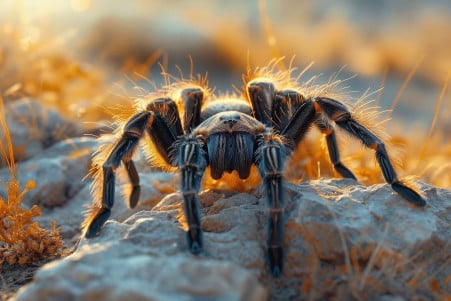
Can Tarantulas Make Noise? The Truth About Spider Sounds
10 February 2024
Tarantulas are known to make noise, but instead of barking, they hiss and stridulate, which means they rub their legs together. They also use vibrations and urticating hairs to protect themselves and attract a mate.
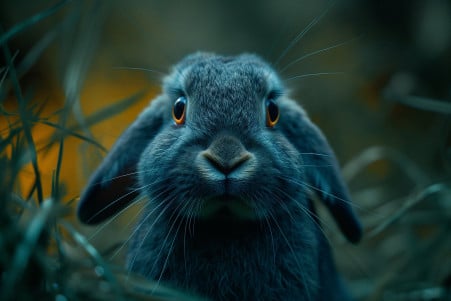
Do Rabbits Have Night Vision? Exploring Their Ability to See in the Dark
10 February 2024
Rabbits are crepuscular animals, meaning they are most active during the hours around dawn and dusk. This is when their environment is at its brightest, and their eyesight is at its best. However, their vision has adapted to low light with high rod-to-cone ratio; they can’t see in total darkness, relying on other senses.

Do Cats Have ADHD? Exploring Feline Hyperactivity and Other Behaviors
9 February 2024
Topics include cat ADHD-like behaviors, how to tell if your cat's behavior is normal or abnormal, and the importance of environmental enrichment for your cat's health.

Do Dogs Get Brain Freeze? The Science of Cold Sensitivity in Dogs
9 February 2024
Cold-stimulus headaches in dogs could be the result of brain freeze, which would be characterized by restlessness and pawing at the face.
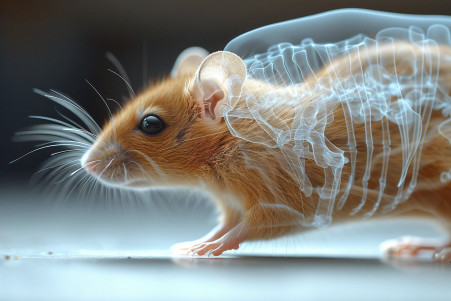
Do Rats Have Bones? Exploring Rodent Skeletal Structure
9 February 2024
Topics include rat anatomy: the skeletal system, bone makeup, how to be agile without a cartilaginous skeleton, and evolutionary changes that helped ensure survival.
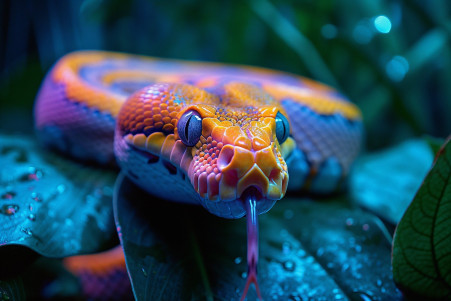
Do Snakes Come Out at Night? Understanding Snake Activity Patterns
8 February 2024
Variation in the activity patterns of snakes: night, day, and twilight activity is affected by temperature, food, environment, and special senses.

Why Do Dogs Sleep with Their Bum Facing You? Decoding Canine Comfort
7 February 2024
Reasons why your dog sleeps with their butt toward you, such as showing trust, feeling comfortable, marking their territory, and other environmental reasons.

Why Does My Cat Sleep by My Feet? Science Explains the Relationship Behind the Behavior
7 February 2024
Reasons why cats like to sleep by your feet: warmth, security, attachment, instinct, tactile, and domestication.
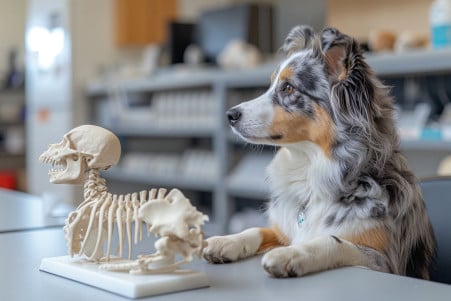
How Many Bones Do Dogs Have? Exploring Canine Skeletal Variations
7 February 2024
A summary of dog bones, how many bones dogs have, unique bone structures in different breeds, and how to keep your dog's bones healthy.

Are Corgis Born With Tails? A Look at the Tail Characteristics of Pembrokes and Cardigans
7 February 2024
Corgis are born with tails; Pembrokes typically have their tails docked to conform to breed standards, while Cardigans have long tails; tail docking is controversial.

Are Bears Big Dogs? The Science Behind This Myth
6 February 2024
Comparison of bears and dogs, discussing variations in DNA, appearance, the process of becoming pets, place in the environment, cognitive abilities, and cultural significance.

How Many Toes Does a Dog Have? Exploring Canine Paw Anatomy
5 February 2024
This article discusses the following topics: number of toes, purpose, genetic and breed factors, differences between breeds, evolutionary history, and the need for paw care.